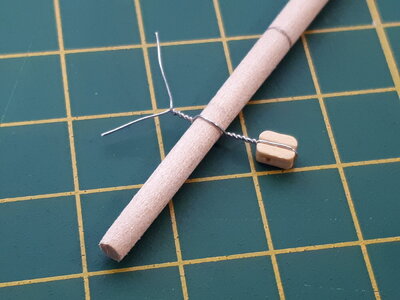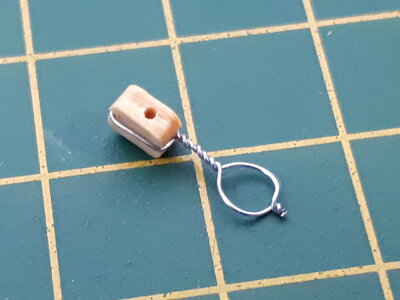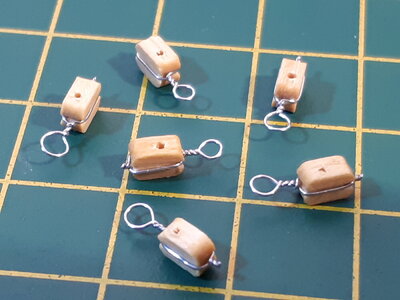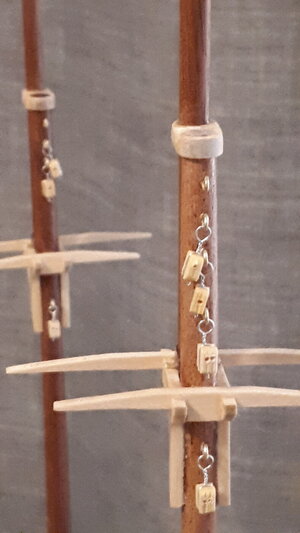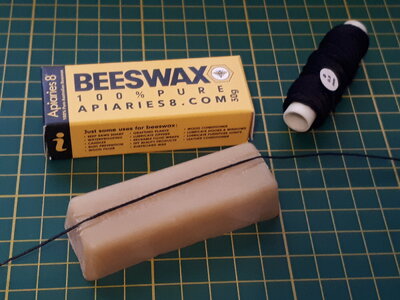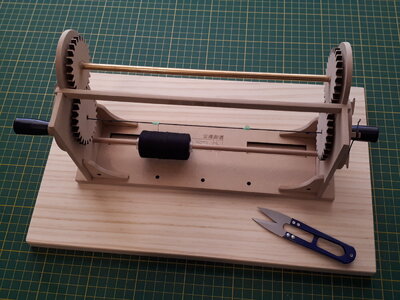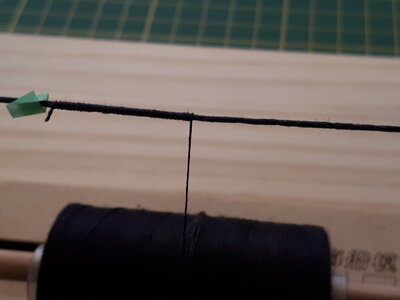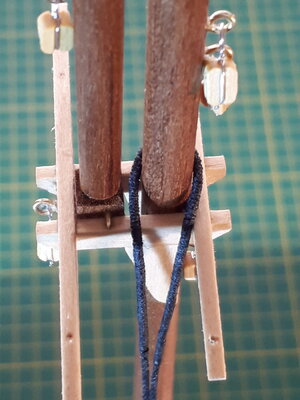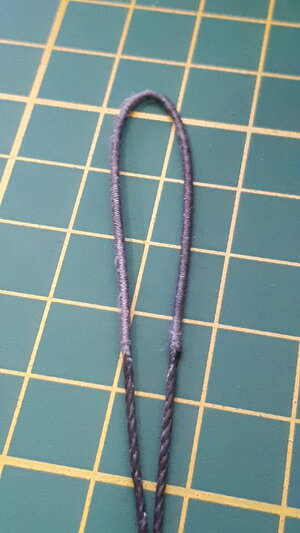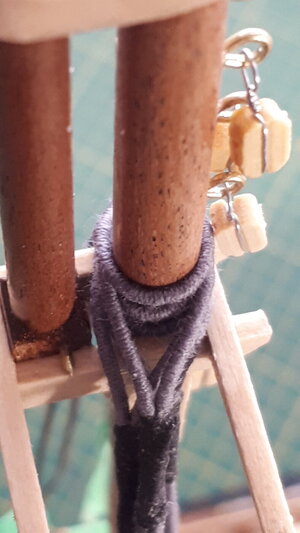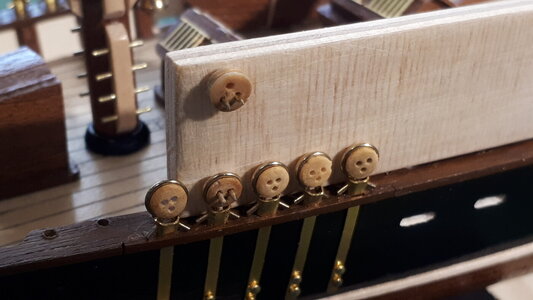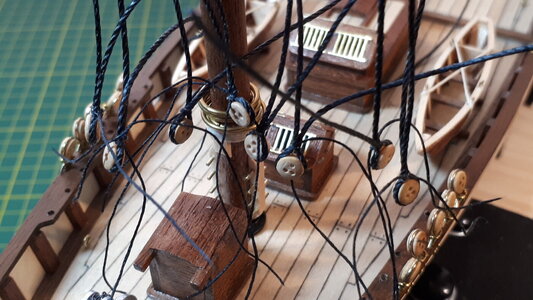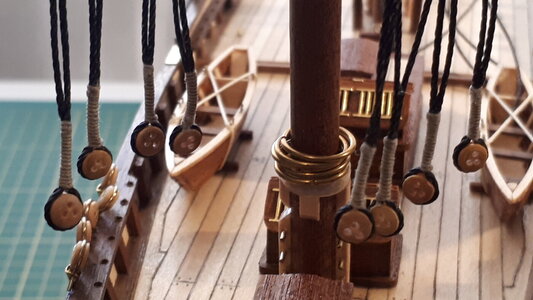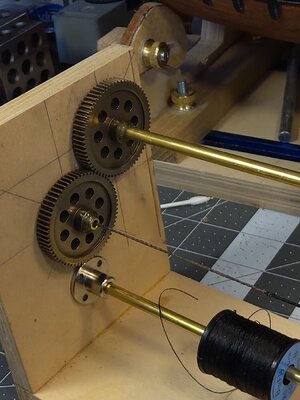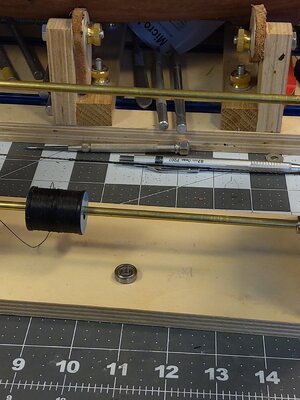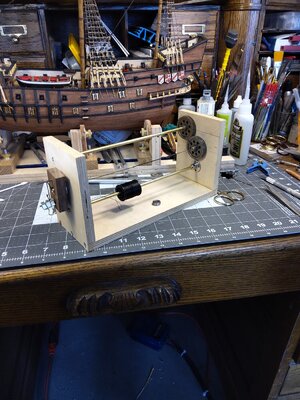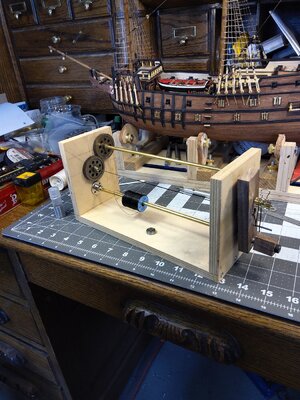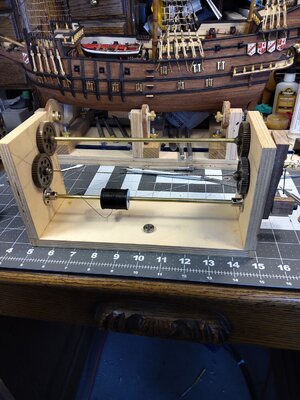Thanks for the compliment Heinrich! And yes I totally get the waning memory thing. Memory and eyesight it seems, both on a downward spiralling trajectory as the years pass byBeautiful clean articulate work Mark - and obviously against that backdrop - stunning. If I have asked you this, please forgive me, but where in South Africa do you live? (My memory - or rather lack thereof - these days is scary!
 . I lived in Claremont in Cape Town for many years before leaving South Africa, but actually grew up in the Vrystaat of all places, nowhere near the sea, which doesn't explain my interest in ships at all. I loved living in Cape Town and climbed Table Mountain at least once a week, a truly unique part of the world. But then life happened and I have spent many years bouncing around the globe (hence the 'Nomad' sobriquet), most notably in America, England and Australia, where I currently reside
. I lived in Claremont in Cape Town for many years before leaving South Africa, but actually grew up in the Vrystaat of all places, nowhere near the sea, which doesn't explain my interest in ships at all. I loved living in Cape Town and climbed Table Mountain at least once a week, a truly unique part of the world. But then life happened and I have spent many years bouncing around the globe (hence the 'Nomad' sobriquet), most notably in America, England and Australia, where I currently reside I'd love to hear what combination of circumstances landed you in China?
Last edited:





